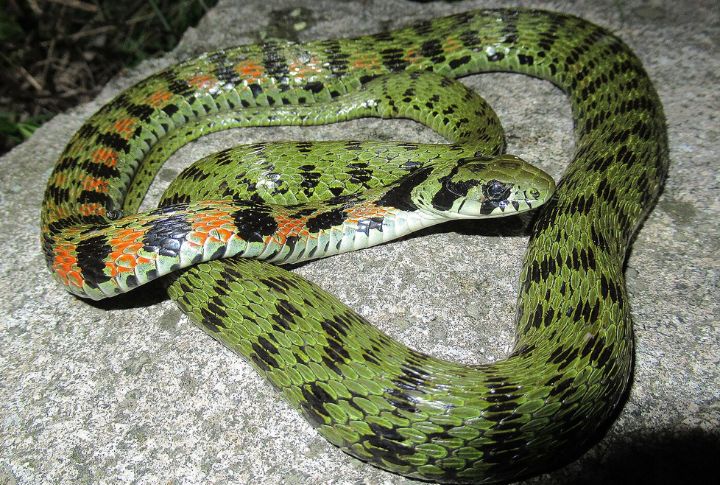
Spend enough time outdoors, and you’re bound to cross paths with a snake. Most won’t bother you, but the ones on this list aren’t so forgiving. Their reputations come from venom, speed, and instinct. Some vanish after striking. Others hold their ground. Either way, one wrong step turns your hike into a headline.
Inland Taipan (Australia)
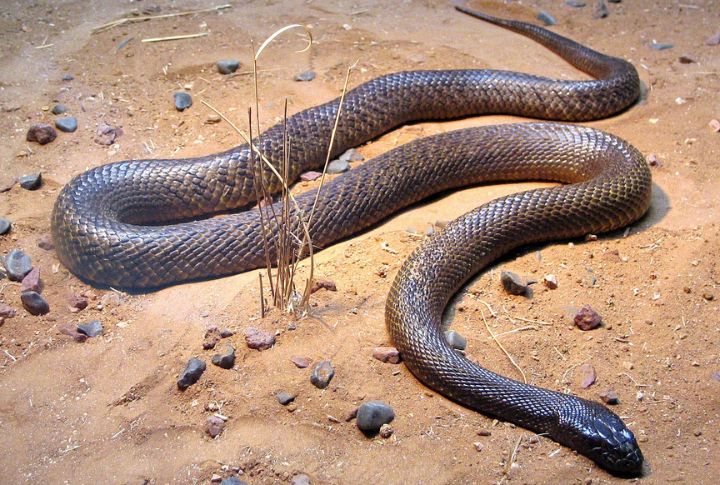
Few creatures match the Inland Taipan’s venom strength. A single bite holds enough neurotoxin to kill over 100 humans. Found in Australia’s arid interior, this elusive snake is highly venomous but rarely encountered, thanks to its shy nature and remote habitat.
Black Mamba (Africa)
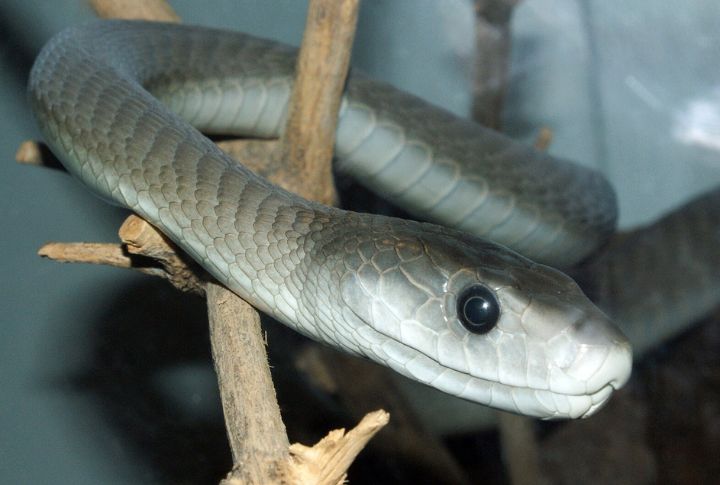
Speed gives this snake a serious edge. The Black Mamba glides through African grasslands and rocky outcrops, striking fast and hard. Its venom paralyzes victims by attacking the nervous system. With the ability to lunge repeatedly and move swiftly, it demands caution from anyone within range.
Fer-De-Lance (Central And South America)

Widespread across forests and farmland, the Fer-de-Lance is both feared and frequently encountered. The snake’s dull tones help it disappear into its surroundings, but when approached, it reacts with little warning. A single bite can cause severe tissue damage, leading to many of the region’s snakebite emergencies.
Boomslang (Africa)
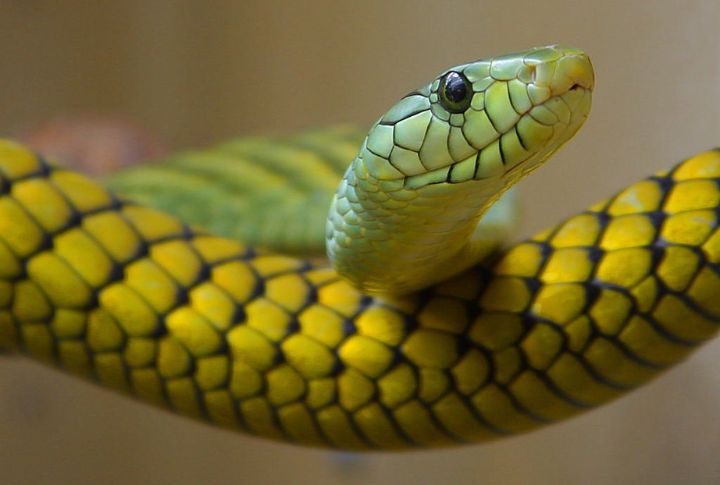
Observers once thought that this snake was harmless until one killed renowned herpetologist Karl Patterson Schmidt in 1957. Native to trees across sub-Saharan Africa, the Boomslang releases a slow-acting venom that causes massive internal bleeding. Though usually shy, it won’t hesitate to bite if cornered. Its camouflage keeps it mostly hidden from view.
Russell’s Viper (Indian Subcontinent)
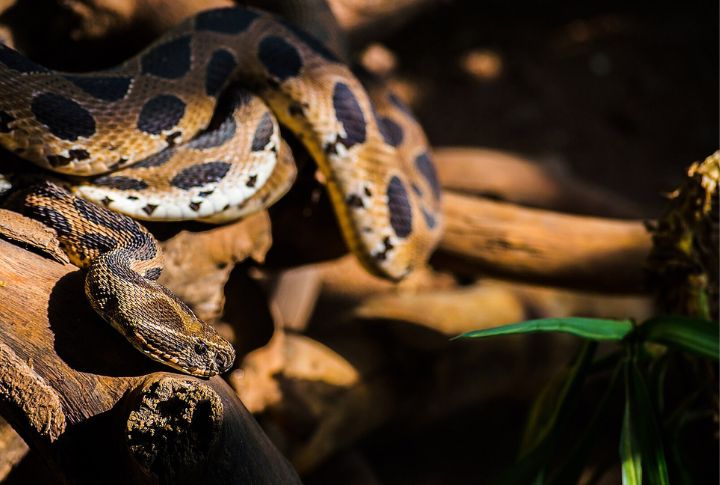
Stepping near tall grass in India or Sri Lanka can be a gamble. Russell’s Viper strikes without hesitation and injects venom that quickly overwhelms the body. Fatalities are common due to kidney failure and uncontrolled bleeding. Rural farmers often suffer the most due to high exposure.
Eastern Brown Snake (Australia)
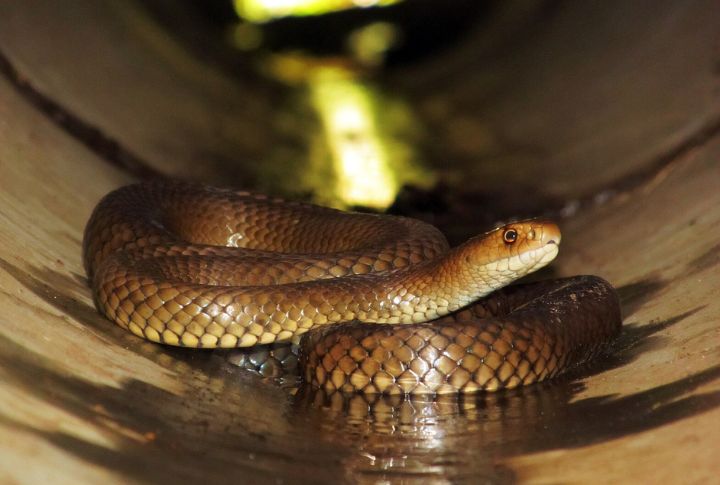
Toxicity and territorial instincts make this snake unpredictable. The Eastern Brown Snake slinks into cities and suburbs, especially during Australia’s hotter months. Just a small amount of venom can cause seizures or heart failure. So, locals know to keep their distance when they see that dusty brown shimmer.
Bushmaster (South America)

Nocturnal and elusive, the Bushmaster prefers silence. Found in South American rainforests, it uses heat-sensing pits to locate prey at night. As the continent’s largest pit viper, its bite carries strong hemotoxins. Locals fear it, not for aggression, but for how well it vanishes between trees.
European Adder (Europe)

Found in cooler regions of the UK and Eastern Europe, the European Adder tends to avoid attention. Its venom isn’t typically deadly, though it can cause serious reactions in children, pets, and people with health conditions. It usually retreats, striking only when startled or provoked.
King Cobra (Asia)
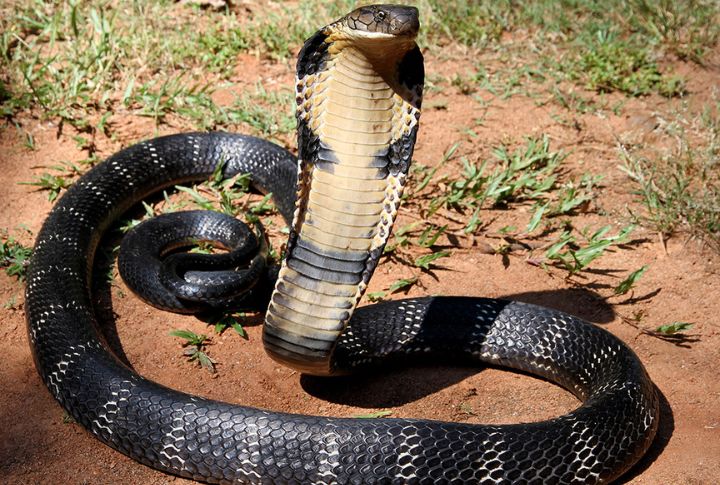
Unlike most snakes, the King Cobra guards its nest—a rare trait in the reptile world. Found across India and Southeast Asia, this serpent can reach up to 18 feet long. Known for hunting other snakes, it flares its hood and emits a low hiss that sounds eerily like a growl before striking with potent neurotoxic venom.
Tiger Keelback (East Asia)
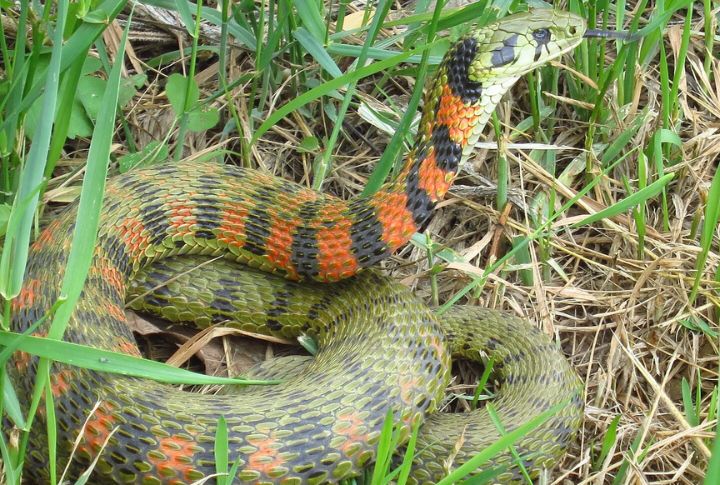
A true biochemical oddity, the Tiger Keelback both produces its own venom and stores toxins from the poisonous frogs it eats. These stolen chemicals are held in neck glands and released when threatened. Found in Japan and Taiwan, the snake’s bold pattern acts as a warning, with flashy colors backed by real chemical firepower.
